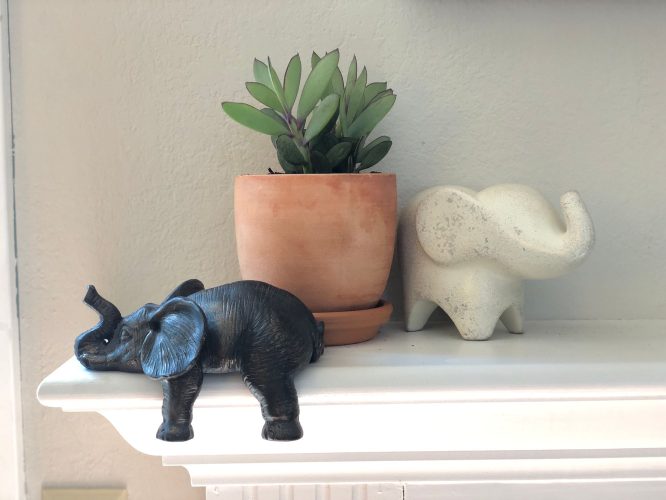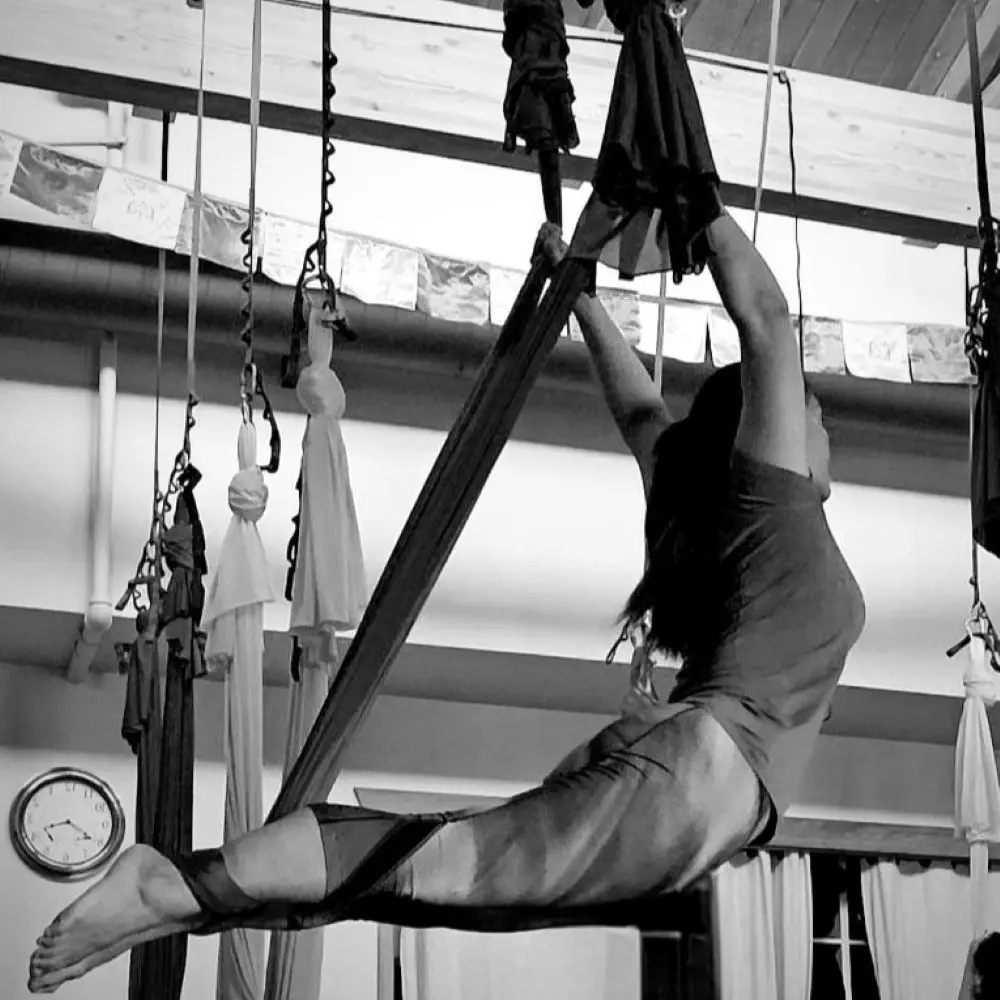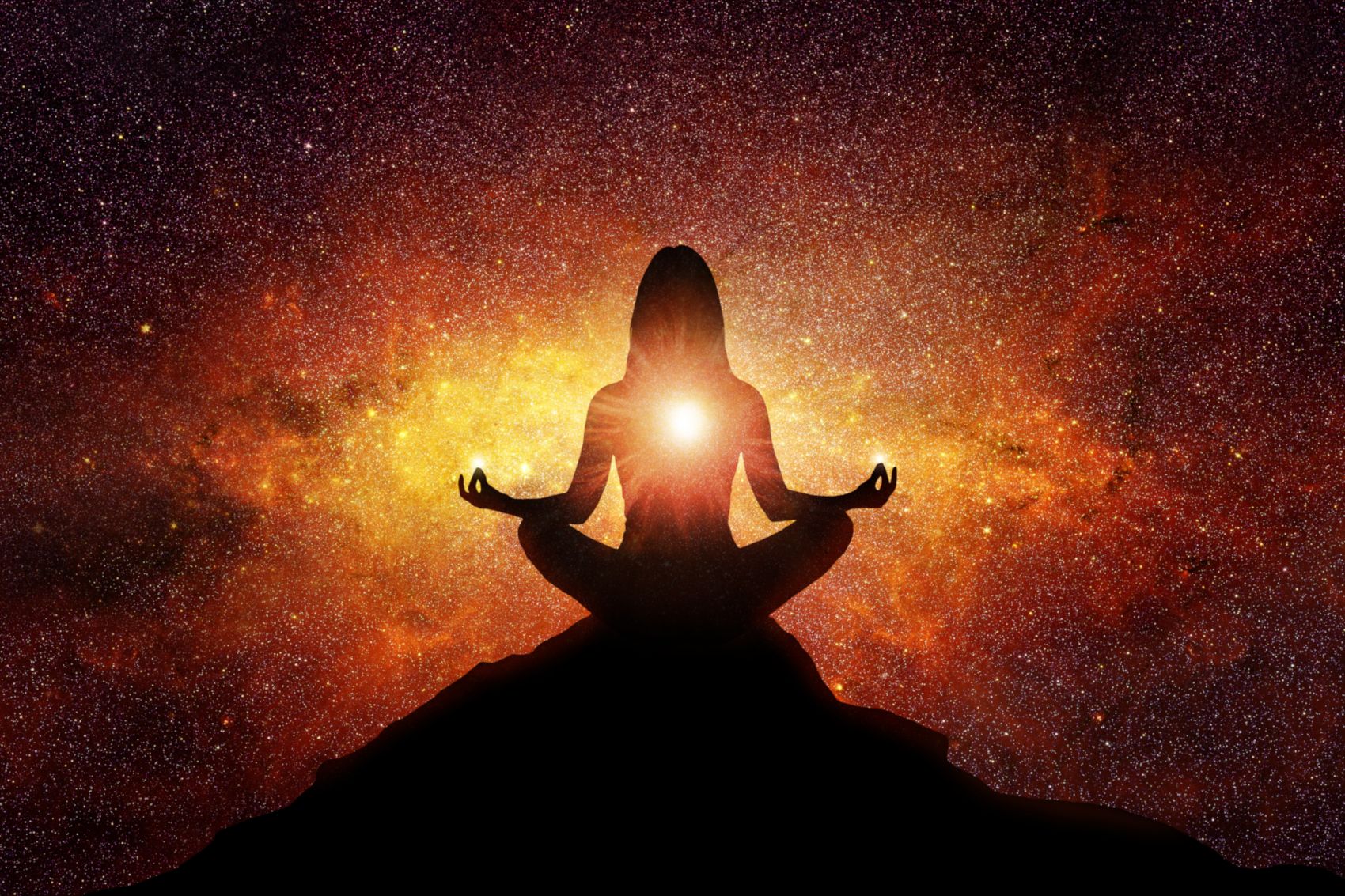Bright, airy, peaceful, and spacious. A sanctuary. Words scribbled in my notebook. Journaling is an important first step, according to Jill Angelo, author of Sacred Spaces – Turning Your Home Into A Sanctuary. These words found their way into my journal a year after I moved into a home with my partner and his four children.
It took about a year for our family of six to go through all the double sets of household items, evaluating everything from photos to which waste paper basket to keep, and what to do with great grandma’s antique broken couch. It was overwhelming. In spite of studying books on feng shui and following the process described by Marie Kondo in The Life-Changing Magic of Tidying Up: The Japanese Art of Decluttering and Organizing, konmaring was painful. There was some joy in letting go, but there were also some tears and disagreements. If step one was to journalize, step two was to get a handle on the emotional side of this process. For me, letting go wasn’t the challenge, I struggled with the amount of time and energy needed to transform a five-bedroom house and do it in a way that honored the individuals who lived there long before I arrived.
It was time to enlist emotional support. A good friend reminded me that although all objects are created from, and carry some form of energy, some cultures believe that inanimate objects can absorb additional energy from the life that surrounds it. The Japanese practice of Shinto believes that everything has a spirit. This is reflected in the Japanese ritual practiced by Kondo, in which a person formally says goodbye to and thanks an object for its service before letting it go. I’m not suggesting the Konmari method is right for everyone. It worked for me, and I do accept it as an explanation for the palpable negative energy I occasionally felt in the home. At the same time, I’m aware that I’m the one assigning an emotion to an inanimate object. So, I had a choice: do something about the parts of the space I did not enjoy, or declutter the chatter inside my head that was getting in the way of me and my sacred space.
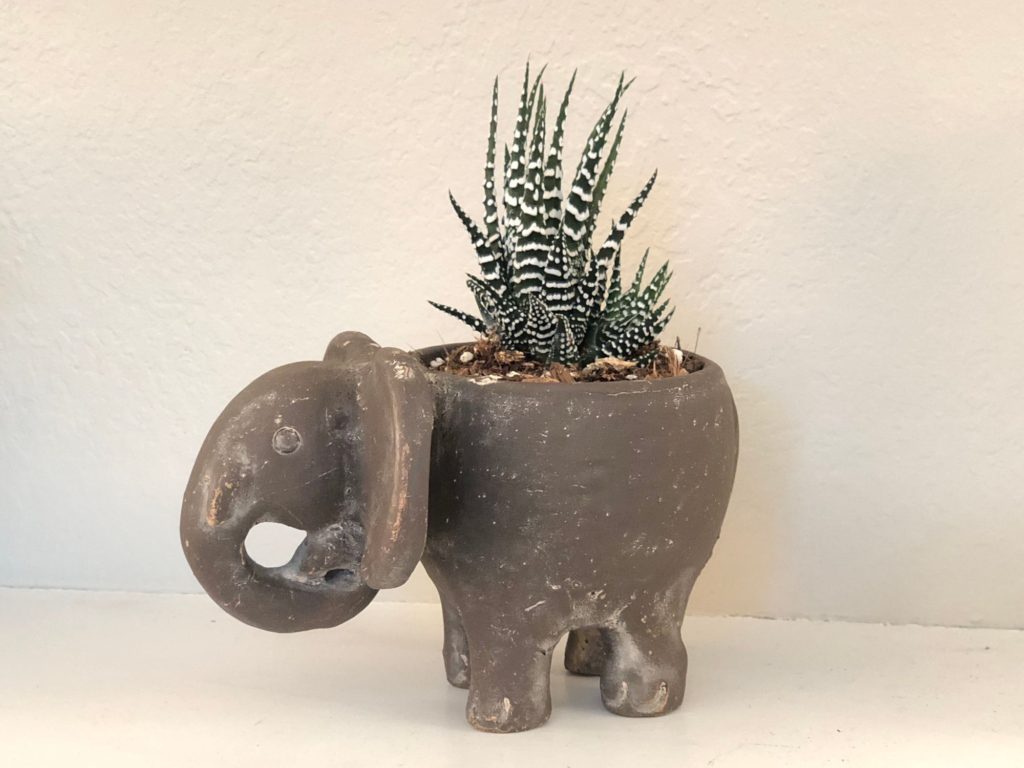
I added the words air, water, multicultural, rejuvenating, and inspiring to my journal. This was my intention and vision for our sacred space. In Angelo’s book, she suggests filling a sacred space with objects that appeal to our senses: sight, smell, sound, and touch. Here’s how I expressed my vision through the senses:
- Sight: We are a blended family with Swedish, Guatemalan, Thai, Vietnamese, and Chinese ancestries. A web search uncovered an artisan in Canada who created a sign with a Swedish word to hang in our kitchen. Another artisan from Utah created a word in Thai to display in the bathroom. A pillow from Guatemala found its way onto our couch. Photos once forgotten in the abyss of a smart phone’s memory were enlarged and framed to tell stories about our family.
- Sound: Our family shares a love for the oceans and lakes. Water is a feng shui element of positive energy and invokes refreshing calm into a space. Abstract photos of waves hang on the northern part of our home. One cannot help but imagine the sound of the waves when looking at these photos. Someday the sound of water trickling from a tabletop fountain will resonate in the house too.
- Smell: I placed low maintenance plants around the home to purify the air. The areca palm, snake plant, chinese money plant, spider plant, and bamboo palm are among 18 household plants identified by NASA as the most effective for filtering out pollutants and toxins linked to headaches and eye irritation. Neutralizing the air gave me space to introduce aromatherapy into the home. My preferred way to deliver scent is with natural essential oils evaporated from a diffuser stick. To create an inspiring and rejuvenating feel to our space, I chose citrus-based oils (orange and lemon), which are uplifting and calming scents believed to boost creativity. Bergamot, which is fruity and sweet, is also believed to boost creativity. We keep plenty of peppermint tea in the house as peppermint energizes and invigorates the mind for concentration. Do a little research and determine which type of diffuser and aroma is best for you. (Note: The sticks may not be suitable with small children in the home. Consider if oil dispersed into the air, from a humidifier, or nebulizer, could potentially irritate the respiratory tract.)
- Touch: The feel of objects in a home is the easiest to overlook. As a child, I was afraid of curtains. (If you’ve ever touched scratchy fiberglass curtains from the 1960s, you’ll understand.) I’d cautiously tug on the pulley cord to avoid all contact. And there’s nothing like peeling bare skin off of a couch covered with clear plastic on a hot and humid day. For these reasons, I do encourage you to touch, feel, and try on furniture the way you try on clothes. Spend some time searching for the softest bed sheets, snuggliest pillows, and coziest couches.
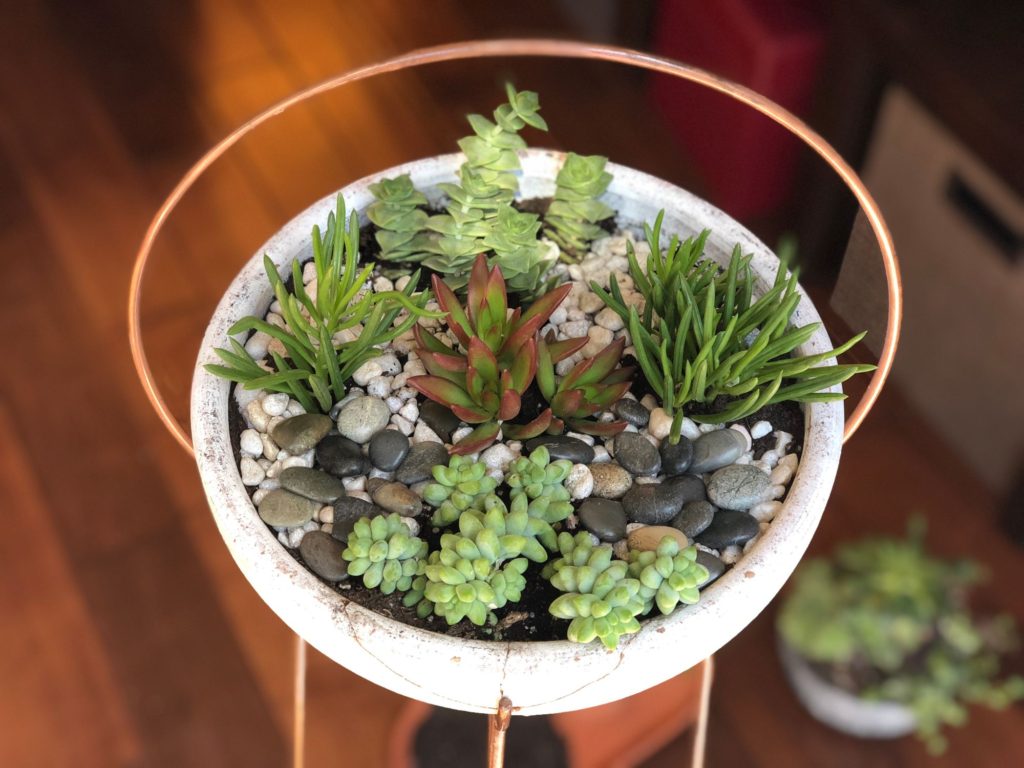
The twelve-feet by twelve-feet space I created wasn’t the place I had envisioned or intended to become my sacred space. The windows are always open. On some days, it feels as though the room has a life of its own and is breathing. There is no furniture to sit on, yet, I can peacefully squat there for a while. It is a space that allows me to practice my hobbies, inspires creativity, and I even occasionally invite others to join me in this space, however, it is the one place that my family has come to respect as my own private sanctuary. I retreat there when I want to meditate, think, or not think at all. Sometimes I simply want to escape there (if only for a few minutes). It feels magical. This space nourishes me with cucumbers, tomatoes, eggplants, and inner peace. When I planted my garden, I never imagined it would turn into my sacred space. One sunshade-draped overhead and two hanging on the sides define the “room.” I’d imagine the walls of this room inhaling and exhaling as the wind draws the shades back and forth. It is here, from this space, that my words flow most freely (which surprised me as I’ve always thought it could only happen from a desk).
A sacred space is defined by you, and should serve you well. Whether it’s a zen-den, a man-cave, or a she-shed, it should be functional and support your interests and hobbies. For some people, that means having an altar with a deity; for others, it looks like a big workstation designed for artwork. For our 14-year-old, it’s a cozy place to sit and read. Being spiritual does not require an altar, nor does a sanctuary need to be spiritual in order to earn its designation. It should be functional and support your interests. It should soothe the soul, appeal to your senses, and feel safe and inviting. It is a place where you can simply be.

